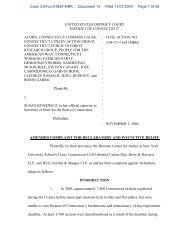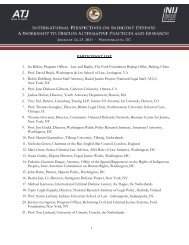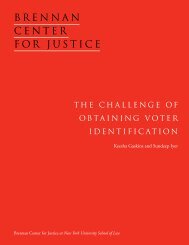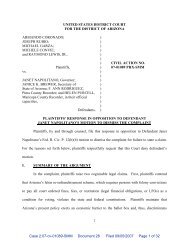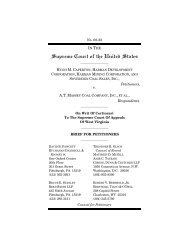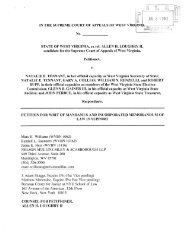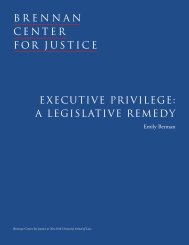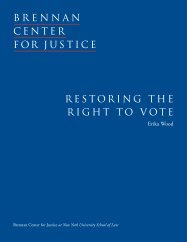THE NEW YORK STATE LEGISLATIVE PROCESS: AN ...
THE NEW YORK STATE LEGISLATIVE PROCESS: AN ...
THE NEW YORK STATE LEGISLATIVE PROCESS: AN ...
Create successful ePaper yourself
Turn your PDF publications into a flip-book with our unique Google optimized e-Paper software.
<strong>THE</strong> IMPACT OF <strong>NEW</strong> <strong>YORK</strong>’S DYSFUNCTIONAL <strong>LEGISLATIVE</strong> <strong>PROCESS</strong> 49<br />
a close race and nevertheless lost a month later. 265 According to some<br />
estimates, the repeal has cost the City approximately $210 million each year<br />
in revenues. 266 It is possible that the repeal would have occurred even if it had<br />
been subject to committee hearings, debate on the floor, public discussion,<br />
and review by legislators. But such a significant legislative change surely<br />
should have been subject to greater scrutiny and discussion of policy<br />
implications prior to its passage.<br />
While such high-profile examples garner media attention that exposes errors –<br />
albeit after the laws are already on the books – it is reasonable to assume that the<br />
scores of laws that do not garner such attention when they are signed into law<br />
have as many, if not more, errors.<br />
These examples demonstrate the need for reform to establish a process that<br />
allows and encourages scrutiny of legislation before it is passed. Specifically:<br />
■ A committee system that includes hearings to gather facts and specifically<br />
debate legislative solutions, meetings with significant policy debates and<br />
amendments to legislative language, and reports to document and consider<br />
the committee’s work on a bill.<br />
■ Debate and amendment rules that facilitate and require legislators to read,<br />
consider, debate, and amend bills prior to a floor vote.<br />
■ Voting procedures that require legislators to be present to hear debate and to<br />
vote.<br />
■ Limits on the use of messages of necessity to ensure that legislators and<br />
members of the public have an opportunity to read and review legislation<br />
before votes are counted.<br />
■ Conference committees to reconcile the two chambers’ bills and to catch<br />
errors before a final bill is approved.<br />
If implemented together, these reforms will greatly increase the scrutiny legislation<br />
must pass before it becomes law – to the benefit of all New Yorkers.<br />
■ INACCESSIBLE GOVERNMENT<br />
In New York State, members of the public have few opportunities to comment<br />
upon or review legislation prior to its passage. As we have seen, committees<br />
generally do not hold public hearings on legislation. Nor do they hold open (or<br />
closed) sessions to mark up bills. There is no meaningful debate of any kind<br />
on the floor of either the Senate or the Assembly on bills prior to their<br />
passage. Finally, because the Speaker and Majority Leader control the final shape<br />
of legislation as well as the legislative calendar, members of the public have



